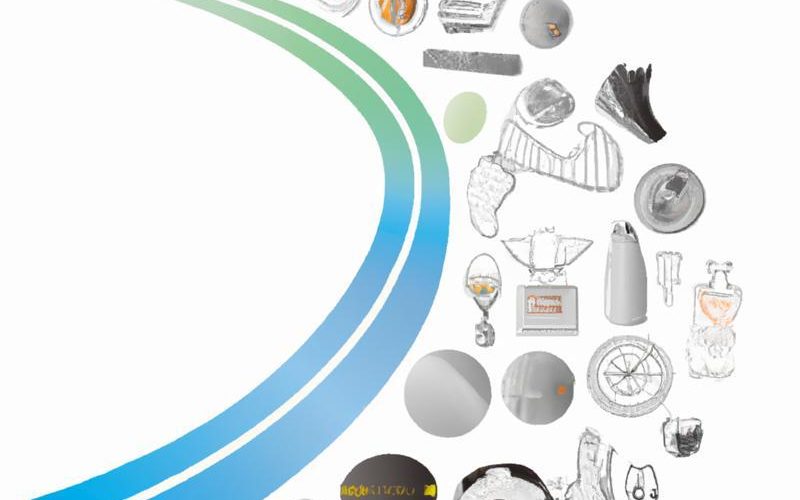What is Suitcase Deadlift?

- 4) Keep the weight close to your body: This will help maintain balance and reduce strain on your lower back.
- 1) As a warm-up: Start your workout with a few sets of lightweight suitcase deadlifts to activate your core and lower back muscles.
- 3) As a finisher: End your workout with suitcase deadlifts to target your core and grip muscles while also burning some extra calories.
What is Suitcase Deadlift?
Suitcase Deadlift: The Ultimate Guide to Mastering This Powerful Exercise
Introduction:
When it comes to strength training, there are countless exercises that claim to be the best for building muscle and improving overall fitness. However, one exercise that often gets overlooked is the suitcase deadlift. While it may not be as well-known as its cousin, the traditional deadlift, this exercise offers a wide range of benefits and is gaining popularity in the fitness world. In this comprehensive guide, we will dive into everything you need to know about suitcase deadlifts – from its definition and applications to its benefits and challenges. So grab your gym bag and let’s get started!
What is Suitcase Deadlift?
The suitcase deadlift is a variation of the traditional deadlift exercise that involves lifting a weight on one side of your body instead of lifting a barbell with both hands. It mimics the movement patterns of picking up a suitcase or any other heavy object from the ground, hence the name “suitcase” deadlift.
Applications of Suitcase Deadlift:
Suitcase deadlifts are primarily used in strength training and powerlifting programs. It targets several muscle groups such as the glutes, hamstrings, lower back, core, and grip muscles. It also helps improve balance and stability by engaging your core muscles.
Benefits of Suitcase Deadlift:
1) Builds overall strength: As mentioned earlier, suitcase deadlifts target multiple muscle groups, making it an excellent full-body exercise for building overall strength.
2) Improves grip strength: Since you are only holding weight on one side of your body during a suitcase deadlift, it puts more demand on your grip strength compared to traditional deadlifts.
3) Enhances balance and stability: The unilateral nature of this exercise forces your core muscles to work harder to maintain balance and stability while lifting the weight.
4) Reduces risk of injury: By strengthening your core and lower back muscles, suitcase deadlifts can help prevent common injuries such as lower back pain.
Challenges of Suitcase Deadlift:
While suitcase deadlifts offer many benefits, they also come with their fair share of challenges. Here are some common challenges you may face while performing this exercise:
1) Uneven weight distribution: Since you are lifting weight on one side of your body, it can be challenging to maintain proper form and balance.
2) Limited range of motion: Unlike traditional deadlifts where the weight is lifted in front of your body, suitcase deadlifts have a limited range of motion due to the position of the weight.
3) Requires proper technique: As with any exercise, proper form and technique are crucial to avoid injury. This is especially important for suitcase deadlifts since they put more strain on your core and lower back muscles.
Tips for Performing a Proper Suitcase Deadlift:
1) Start with a lighter weight: As this exercise puts more strain on your core and grip strength, it’s essential to start with a lighter weight and gradually increase as you become more comfortable.
2) Maintain proper form: Keep your back straight, engage your core muscles, and avoid twisting or leaning to one side while lifting the weight.
3) Use a neutral grip: Instead of an overhand or underhand grip, use a neutral grip (palms facing each other) for better stability and reduced risk of injury.
4) Keep the weight close to your body: This will help maintain balance and reduce strain on your lower back.
5) Focus on quality over quantity: It’s better to perform fewer reps with proper form than trying to lift heavy weights with incorrect technique.
Incorporating Suitcase Deadlift into Your Workout Routine:
Now that you know the benefits and challenges of suitcase deadlifts let’s discuss how you can incorporate them into your workout routine. Here are three ways you can include this exercise in your training:
1) As a warm-up: Start your workout with a few sets of lightweight suitcase deadlifts to activate your core and lower back muscles.
2) As part of a strength training program: Include suitcase deadlifts as one of the main exercises in your strength training routine, along with other compound movements like squats and bench presses.
3) As a finisher: End your workout with suitcase deadlifts to target your core and grip muscles while also burning some extra calories.
Conclusion:
Suitcase deadlifts are an effective and underrated exercise that offers numerous benefits for overall strength and fitness. By incorporating this exercise into your workout routine, you can improve balance, stability, grip strength, and reduce the risk of injury. Remember to start with lighter weights, maintain proper form, and gradually increase the weight as you progress. So next time you hit the gym, don’t forget to add suitcase deadlifts to your routine for a stronger and more functional body.



